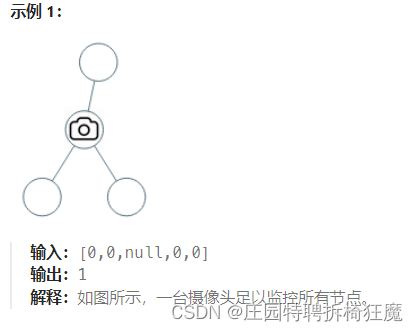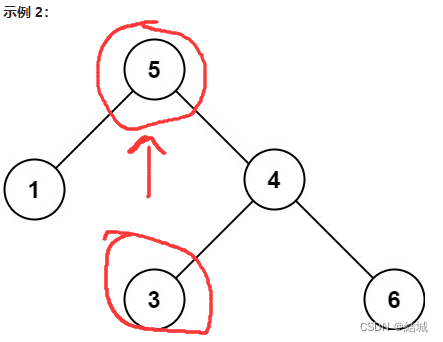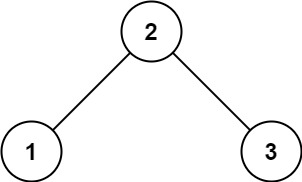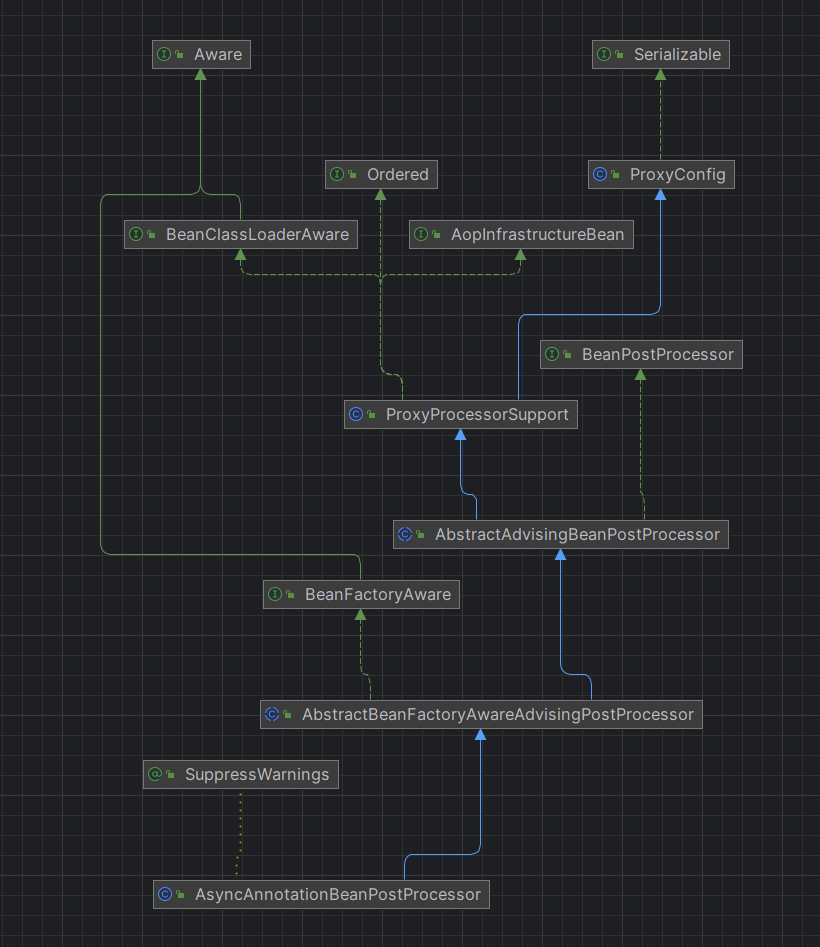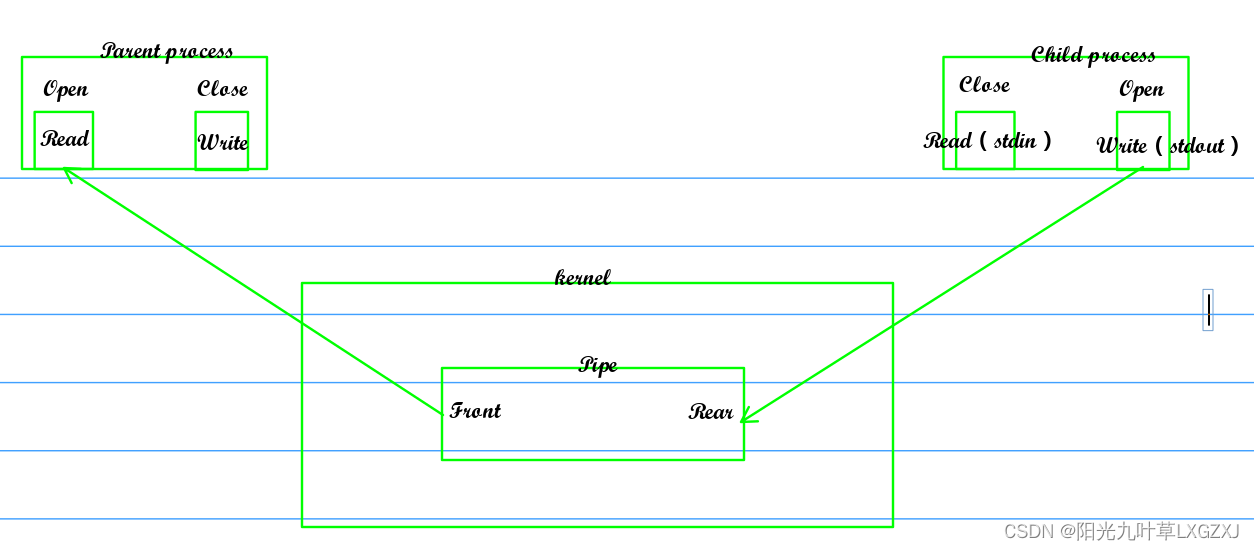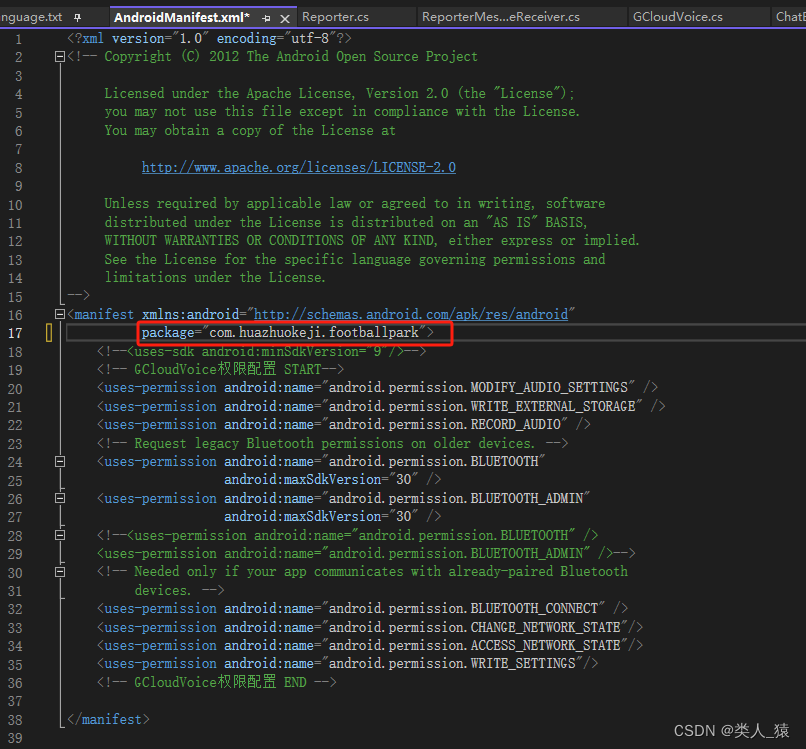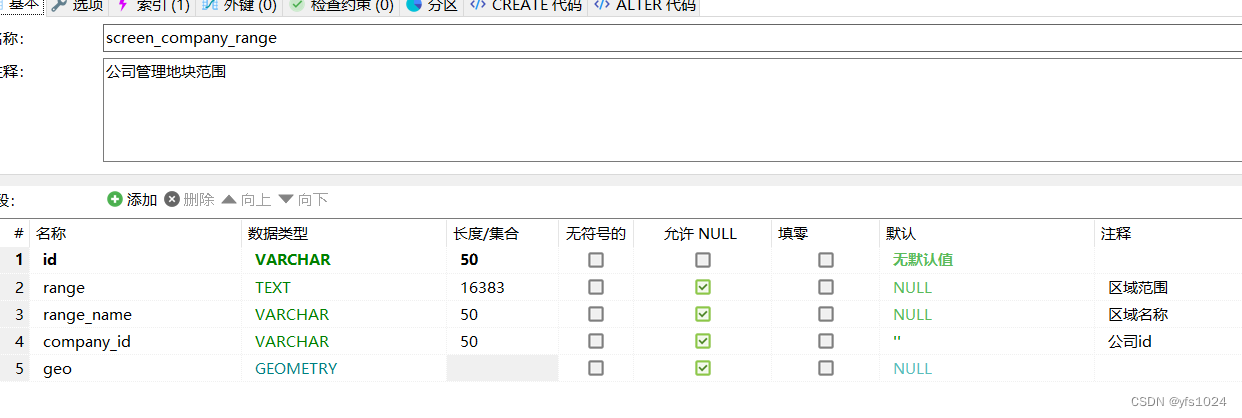- Maximum Binary Tree II
Solved
Medium
Topics
Companies
A maximum tree is a tree where every node has a value greater than any other value in its subtree.
You are given the root of a maximum binary tree and an integer val.
Just as in the previous problem, the given tree was constructed from a list a (root = Construct(a)) recursively with the following Construct(a) routine:
If a is empty, return null.
Otherwise, let a[i] be the largest element of a. Create a root node with the value a[i].
The left child of root will be Construct([a[0], a[1], …, a[i - 1]]).
The right child of root will be Construct([a[i + 1], a[i + 2], …, a[a.length - 1]]).
Return root.
Note that we were not given a directly, only a root node root = Construct(a).
Suppose b is a copy of a with the value val appended to it. It is guaranteed that b has unique values.
Return Construct(b).
Example 1:
Input: root = [4,1,3,null,null,2], val = 5
Output: [5,4,null,1,3,null,null,2]
Explanation: a = [1,4,2,3], b = [1,4,2,3,5]
Example 2:
Input: root = [5,2,4,null,1], val = 3
Output: [5,2,4,null,1,null,3]
Explanation: a = [2,1,5,4], b = [2,1,5,4,3]
Example 3:
Input: root = [5,2,3,null,1], val = 4
Output: [5,2,4,null,1,3]
Explanation: a = [2,1,5,3], b = [2,1,5,3,4]
Constraints:
The number of nodes in the tree is in the range [1, 100].
1 <= Node.val <= 100
All the values of the tree are unique.
1 <= val <= 100
解法1:
/**
* Definition for a binary tree node.
* struct TreeNode {
* int val;
* TreeNode *left;
* TreeNode *right;
* TreeNode() : val(0), left(nullptr), right(nullptr) {}
* TreeNode(int x) : val(x), left(nullptr), right(nullptr) {}
* TreeNode(int x, TreeNode *left, TreeNode *right) : val(x), left(left), right(right) {}
* };
*/
class Solution {
public:
TreeNode* insertIntoMaxTree(TreeNode* root, int val) {
TreeNode *newNode = new TreeNode(val);
if (!root) return newNode;
if (val > root->val) {
newNode->left = root;
return newNode;
} else {
if (root->right) {
if (val > root->right->val) {
newNode->left = root->right;
root->right = newNode;
} else {
root->right = insertIntoMaxTree(root->right, val);
}
} else {
root->right = newNode;
}
}
return root;
}
};
二刷:事实上,如果val < root->val,那么val的节点肯定是加在root的右子树。递归即可。
class Solution {
public:
TreeNode* insertIntoMaxTree(TreeNode* root, int val) {
TreeNode *newNode = new TreeNode(val);
if (!root) return newNode;
if (val > root->val) {
newNode->left = root;
return newNode;
} else {
root->right = insertIntoMaxTree(root->right, val);
}
return root;
}
};


